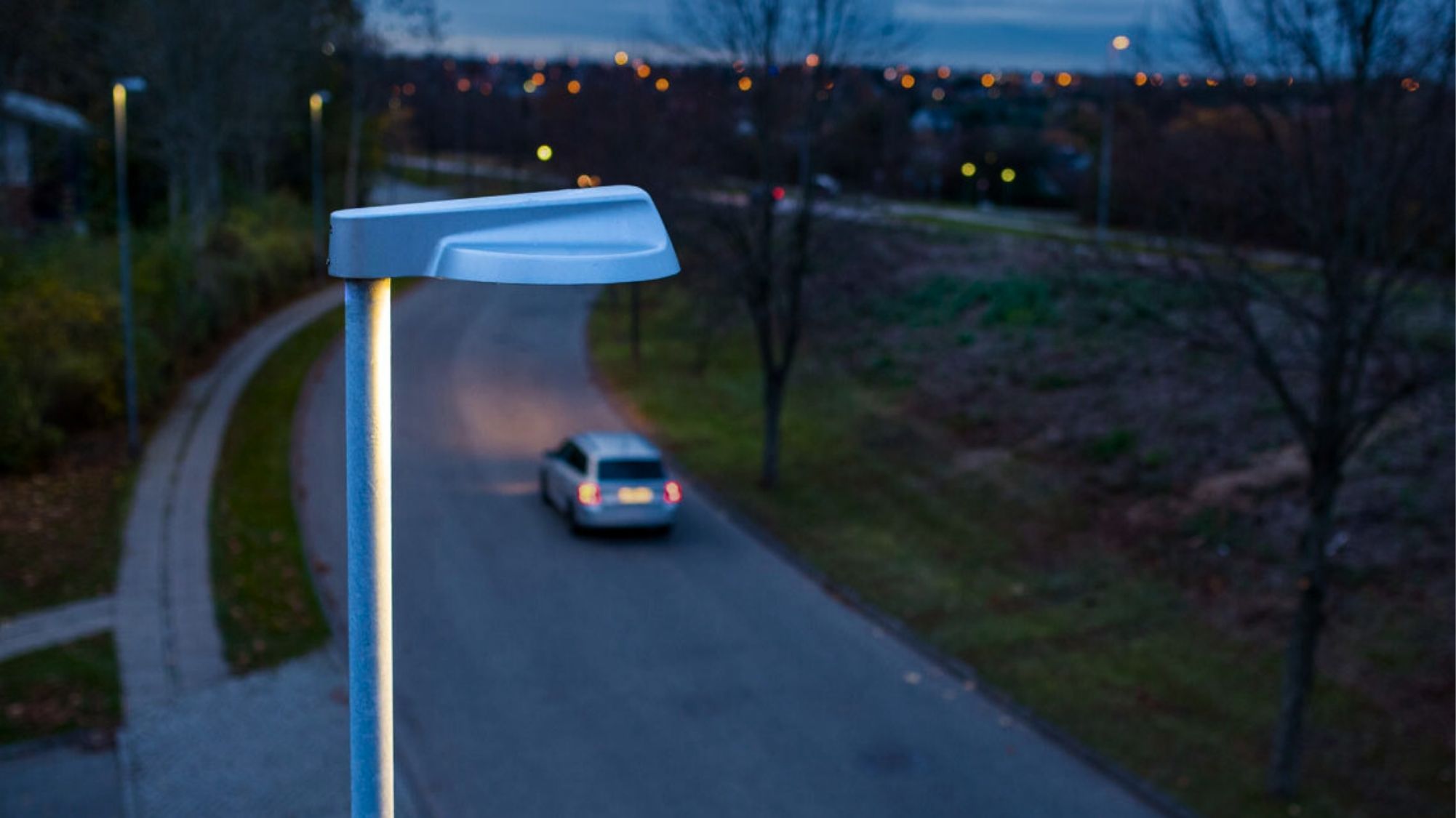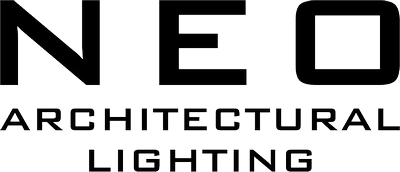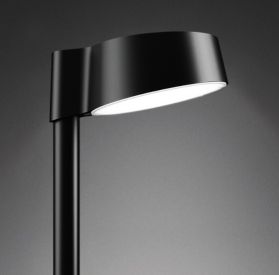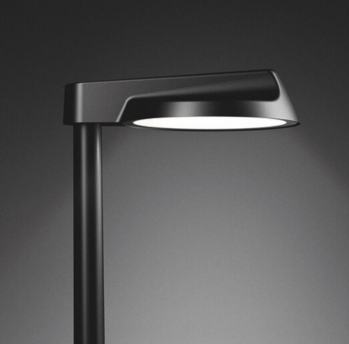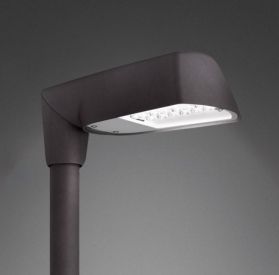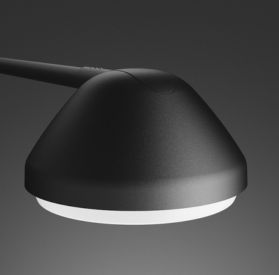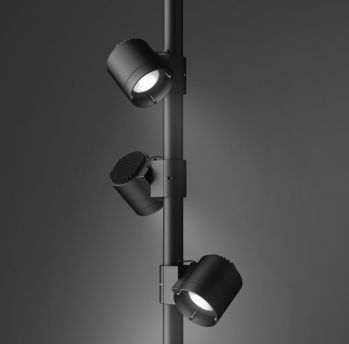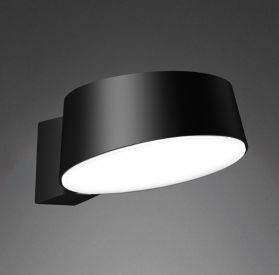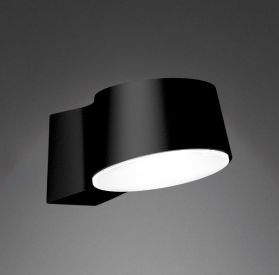Illuminating the Future with Less Impact with Dark Sky Compliant Lighting Solutions
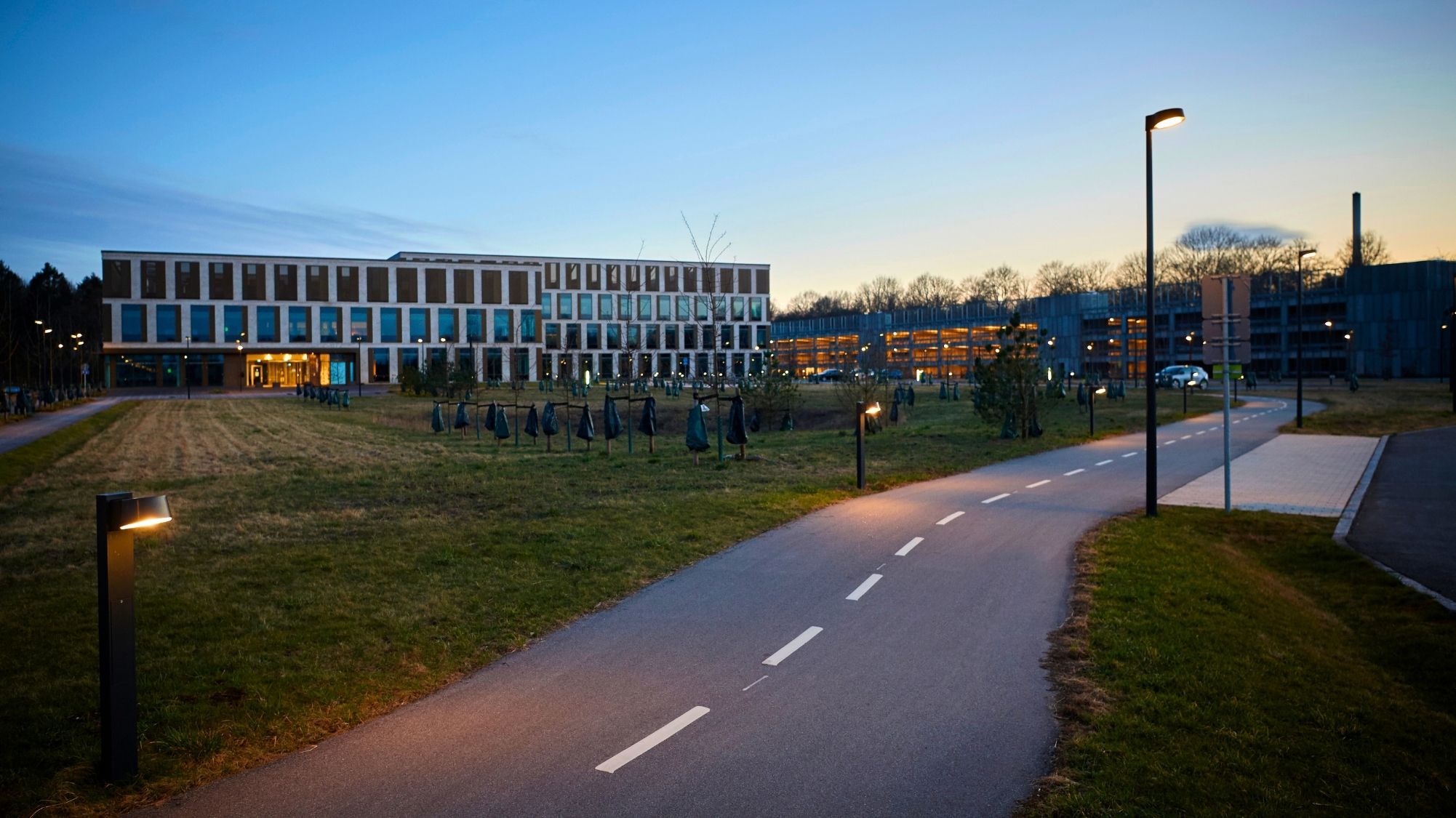
In the modern age of urbanization, streetlights and park lighting have become integral to our daily lives, providing safety, security, and convenience. However, the advent of artificial lighting has led to the growing problem of light pollution, negatively affecting both the environment and human health. Fortunately, a solution is emerging: Dark Sky friendly and Dark Sky compliant lighting. These innovative lighting technologies are designed to minimize light pollution, preserving the natural night sky, while still providing effective illumination.
A key aspect of Dark Sky Friendly lighting is that it ensures light is directed only where it’s needed, minimizing the spread of unnecessary light into the sky, surrounding areas, or into neighboring homes.
The International Dark-Sky Association (IDA) defines Dark Sky Compliant lights as those that meet specific criteria to avoid over-illumination and excessive scattering of light, ensuring minimal impact on the environment.
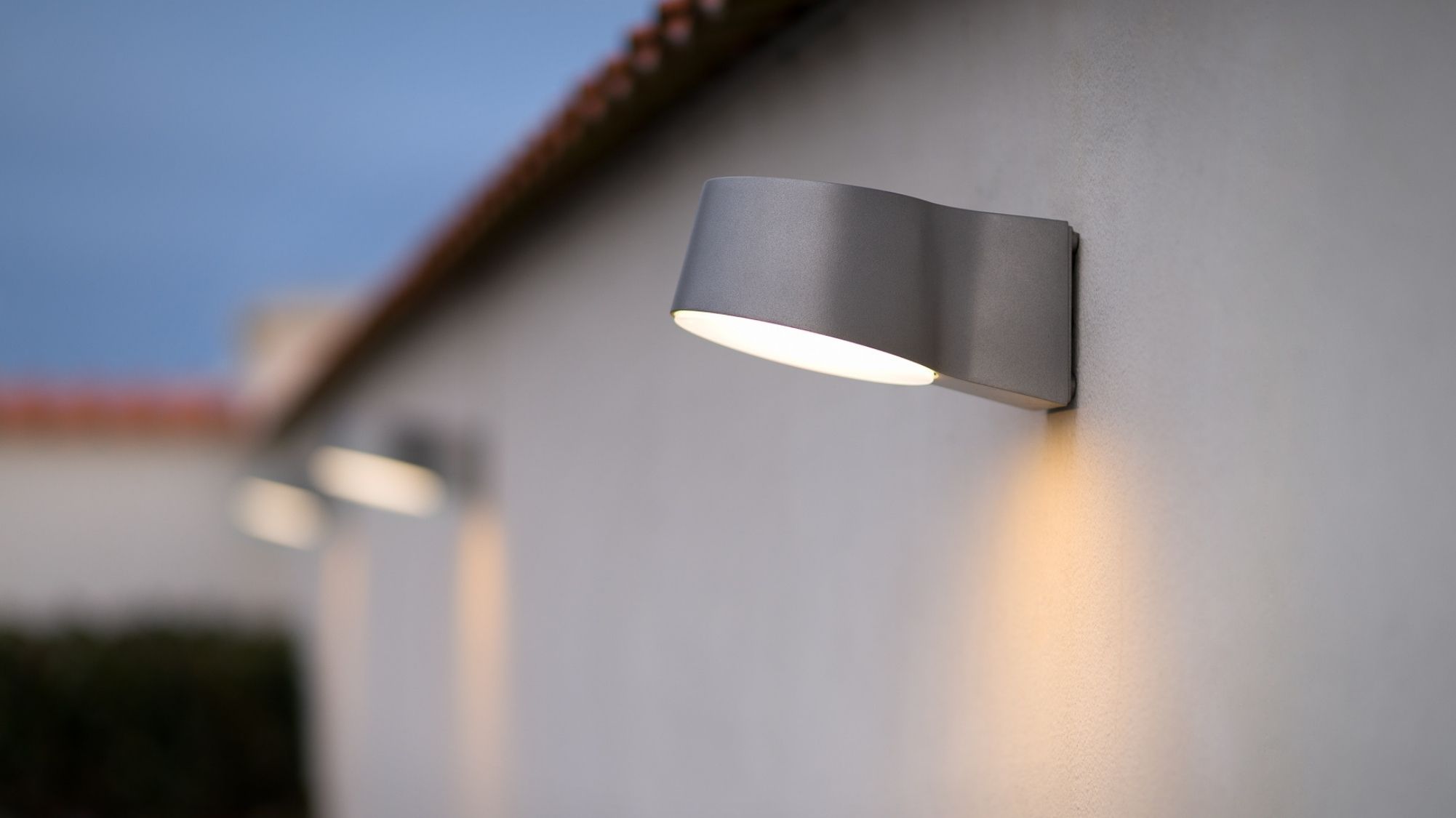
NEO Architectural Lighting carries several Dark Sky post tops that minimizing the spread of unnecessary light into the sky and their surrounding areas.
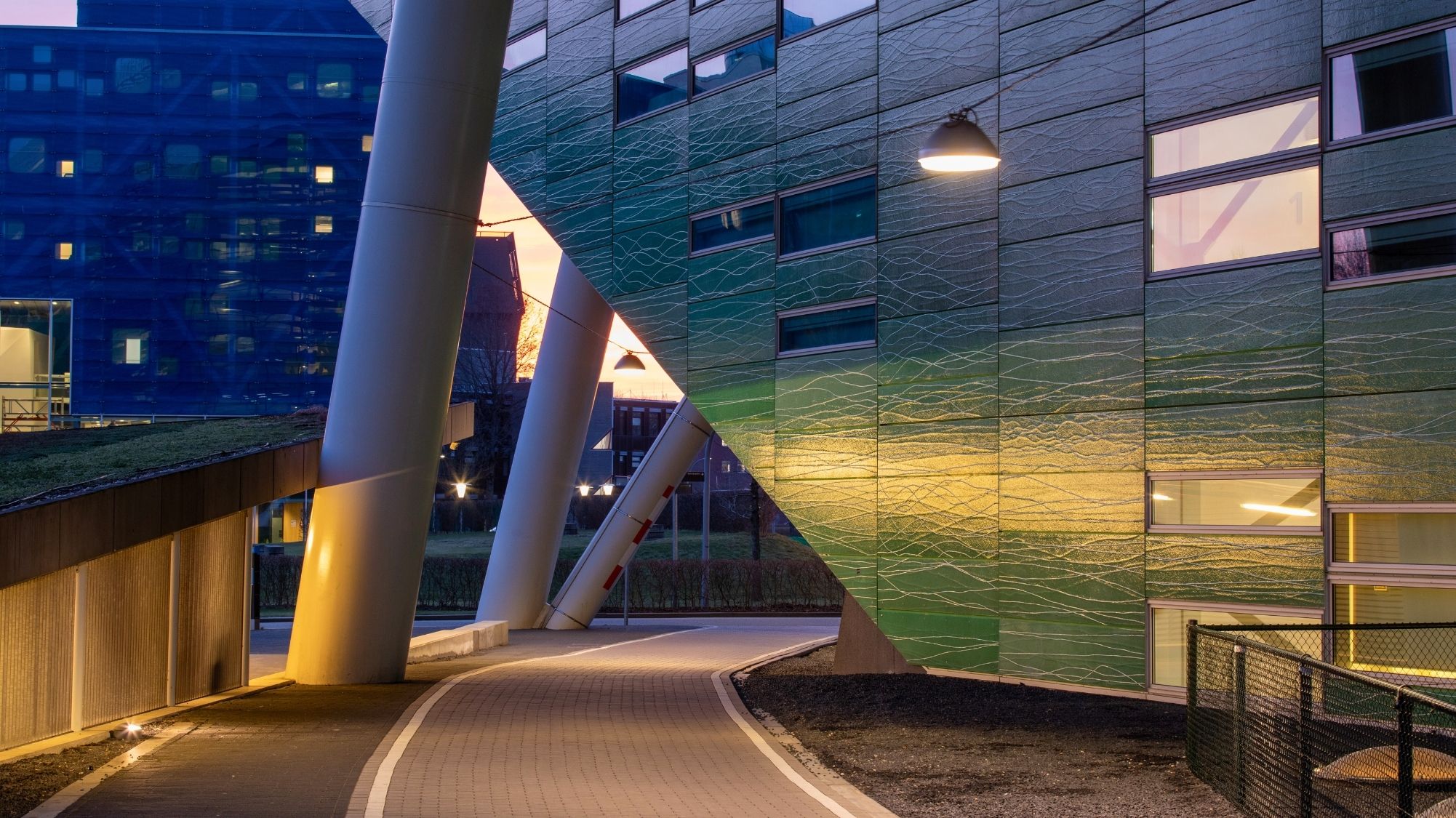
F-L Lighting, manufactured by Focus Lighting A/S Denmark, offers the NYX 330 post top and wall fixture as well as the WAY catenary and side entry post top. Finally, the TURN series offers Dark Sky options.
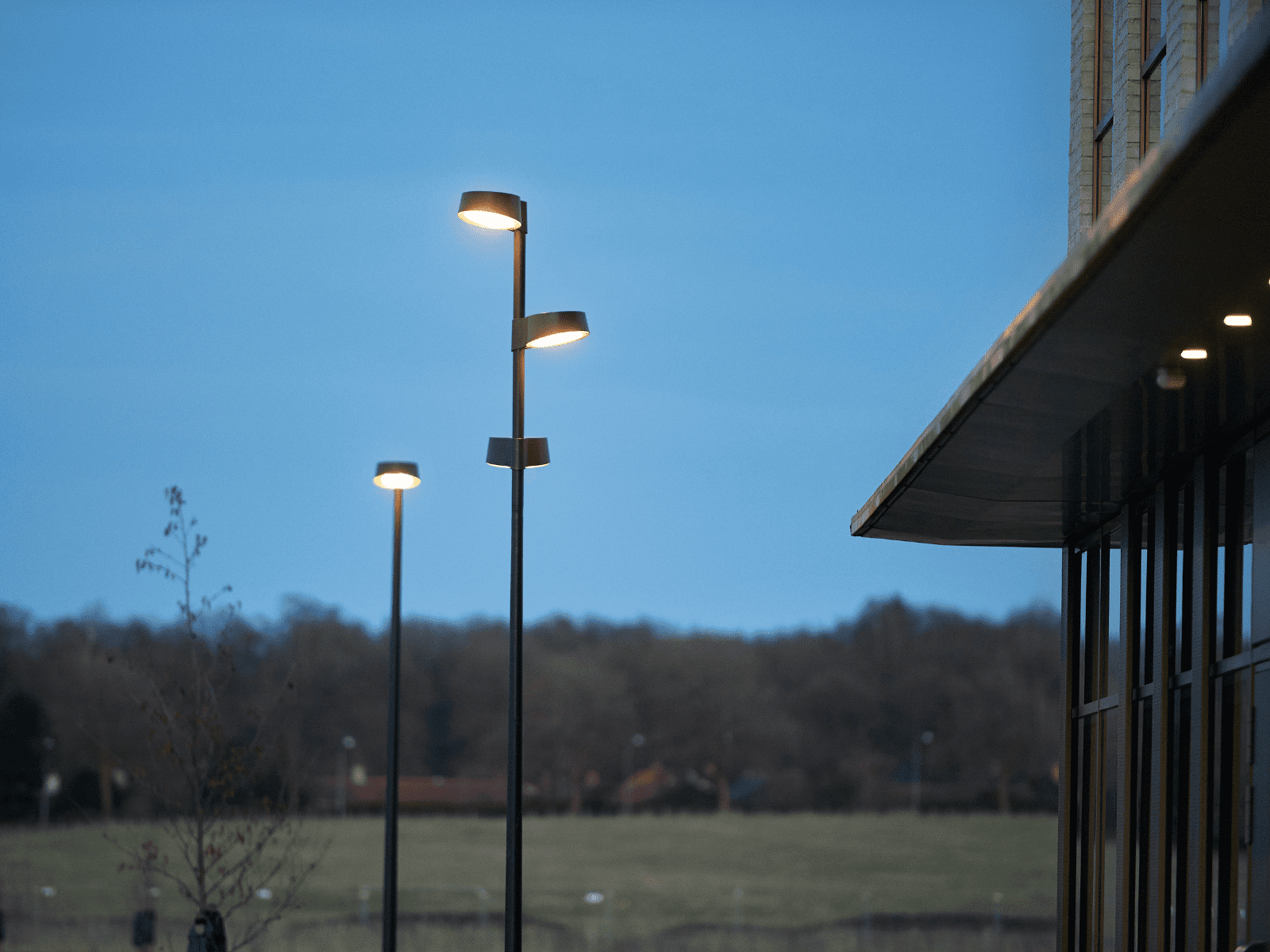
One of the most significant advantages of Dark Sky friendly lighting is its positive impact on human health. Artificial light, especially blue light, can interfere with circadian rhythms, which regulate our sleep-wake cycle. Exposure to bright light at night can disrupt sleep patterns, leading to insomnia and other health issues. By using warmer, dimmer, and properly directed lights, we reduce these health risks. Despite reducing the amount of light spilling into unwanted areas, Dark Sky compliant lights still provide adequate illumination for streets and parks. This means that the safety and security of public spaces are preserved, with clear visibility for pedestrians, cyclists, and vehicles. The directed lighting helps reduce glare, allowing individuals to see better in their surroundings without being blinded by harsh light. In addition, a warmer, softer glow is often more pleasant and relaxing than harsh, bright lights. Dark Sky friendly lighting creates an inviting, comfortable ambiance for parks and streets, making these spaces more enjoyable for people to gather and socialize, especially during nighttime activities.

One of the most important environmental benefits of Dark Sky compliant lighting is the reduction of light pollution. By curbing unnecessary light spill, these fixtures help restore the natural beauty of the night sky. Many species of wildlife, particularly nocturnal animals, rely on natural darkness for their behavior, navigation, and reproduction. Artificial lighting disrupts these patterns, leading to disorientation and even the destruction of habitats. Dark Sky compliant lighting reduces these impacts by ensuring that light is directed only where necessary, helping to protect both terrestrial and marine life that are sensitive to light exposure. Moreover, most Dark Sky friendly lights use energy-efficient LEDs, which consume less power than traditional incandescent or fluorescent streetlights. This energy efficiency reduces the carbon footprint of lighting systems, contributing to overall energy savings and a reduction in greenhouse gas emissions. Additionally, dimming features and motion sensors ensure that energy is used only when necessary.
